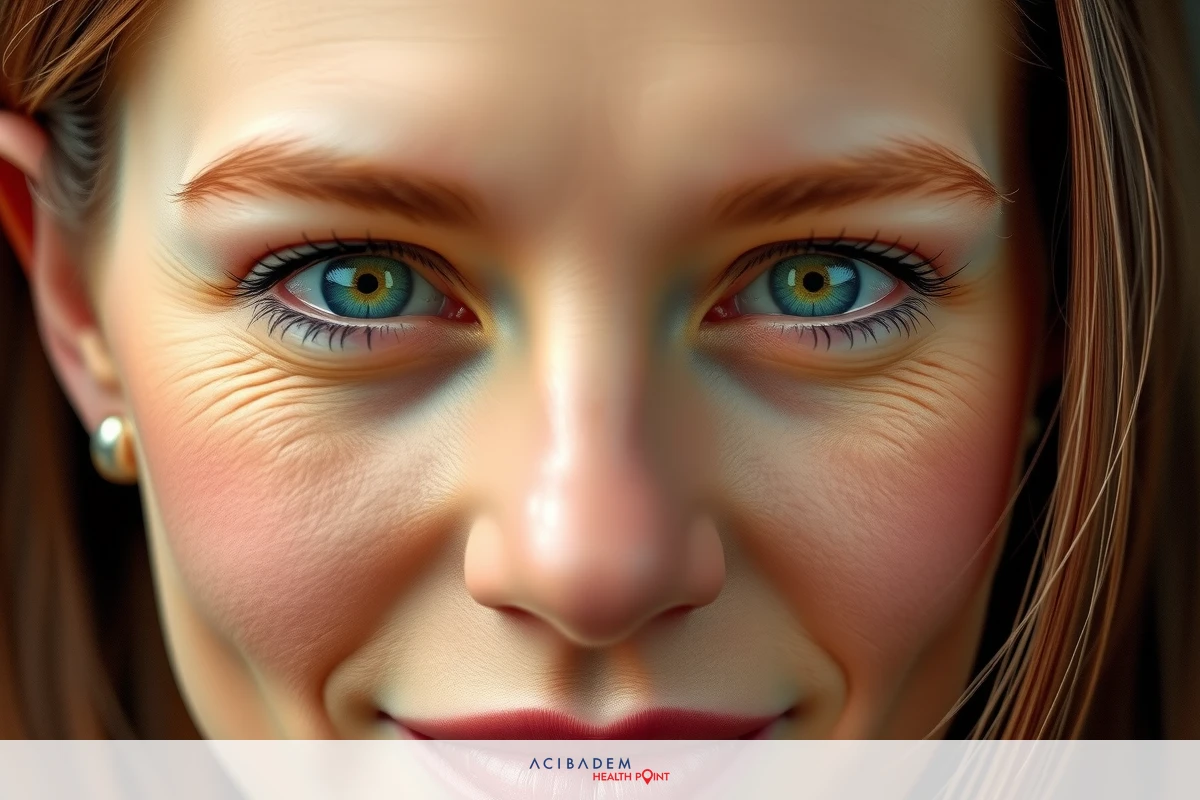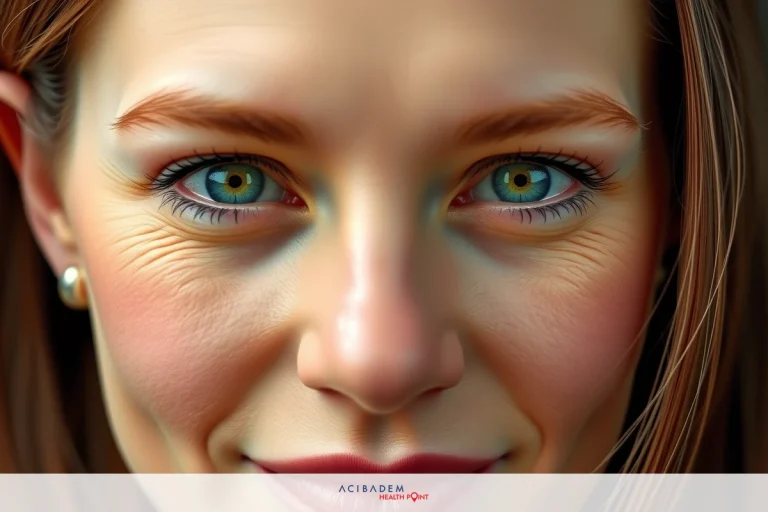How Much Will Nose Tip Drop After Rhinoplasty
How Much Will Nose Tip Drop After Rhinoplasty Rhinoplasty, celebrated for its aesthetic and functional benefits, often leads to questions about post-operative changes. One such query that frequently surfaces is the extent of nose tip drop following surgery. This phenomenon isn’t irregular; it forms part of the recovery process and is influenced by numerous factors.
The timeline of these changes plays a crucial role in managing expectations and preparing patients for their healing journey. It’s not a linear progression but rather an ebb-and-flow due to several variables including surgical techniques used, individual skin type, cartilage strength among others.
Dealing with nose-tip alterations requires some degree of adaptability from the patient side as well. The transformation can be both visually and emotionally challenging during the recuperation phase. Yet with accurate information at hand – understanding why this happens, when it occurs most significantly and what one can do to deal with them effectively – makes navigating through this period less daunting.
Factors Affecting Nose Tip Dropping
Rhinoplasty, a surgical intervention to shape the nose, often leads to a phenomenon known as ‘nose tip drop.’ This change becomes more evident in the post-operative period and forms part of the recovery process. It’s essential for patients to understand this is not an irregular occurrence but rather an expected outcome influenced by various factors.
The first factor that plays a pivotal role is the surgical technique utilised during rhinoplasty. Different surgeons prefer different methods based on their expertise and your specific needs, which can affect how much your nose tip drops after surgery. For instance, some techniques involve reshaping or removing parts of the nasal cartilage, leading to changes in support structures within the nose that may cause it to droop slightly over time.
Individual skin type also has a significant influence on nose-tip dropping post- rhinoplasty. Thicker skin tends to contract less than thinner skin during healing resulting in less noticeable changes. However, individuals with thin skin might experience more pronounced drooping due to enhanced contraction throughout recovery. Furthermore, inherent characteristics such as strength and flexibility of one’s nasal cartilage impact how their nose adjusts following surgery.
Lastly but crucially comes age – older adults tend to have weaker nasal support structures compared with younger ones making them more susceptible towards post- operative alterations like nose-tip dropping. Yet despite these variations individual-to- individual, knowing what impacts these changes can help manage expectations effectively and lead towards smoother recovery from nasal surgery.
Expected Timeline for Nose Tip Dropping
Understanding the timeline of nose-tip dropping following rhinoplasty is essential to manage expectations and prepare for the healing process. It’s crucial to note that this isn’t a linear progression; rather, it follows an ebb-and-flow pattern due to various factors such as surgical techniques, skin type, cartilage strength, among others.
In the immediate aftermath of rhinoplasty surgery, swelling and inflammation may contribute towards a temporary elevation in the tip of your nose. Over time, as part of post-operative changes during recovery phase – typically around two weeks post- surgery – you might start noticing your nose tip beginning its descent downwards. This initial drop isn’t sudden but gradual and occurs over several months.
Roughly three to six months into recovery from nasal surgery is when most patients witness significant change in

their nose tip position. By now swelling has considerably subsided giving way to more realistic impressions about how much actual drooping has occurred. However, even at this stage some residual inflammation might persist making final results still somewhat elusive.
At approximately one year following rhinoplasty – often considered full-recovery period – you can expect all swelling and inflammation to have disappeared unveiling final shape of your new nose including degree of tip-drop if any exists by then. Having said that everyone’s experience with healing timeline varies substantially based on individual characteristics mentioned earlier along with adherence towards surgeon’s aftercare instructions throughout recovery journey.
Tips for Managing Nose Tip Changes
Dealing with changes in the nose tip after rhinoplasty can be both physically and emotionally challenging. It’s a journey that requires patience, understanding, and good coping strategies. Here are some practical tips to help manage these changes during your recovery period.
1. Patience is Key: Remember that healing takes time following any surgery, especially one as intricate as rhinoplasty which alters facial aesthetics significantly.
- Follow Your Surgeon’s Instructions: Adherence towards surgeon’s post- operative directives including care of surgical site, medications to apply or take orally and when to follow up for evaluation can greatly influence your recovery process.
- Monitor Changes Over Time: Keeping an eye on how your nose evolves over time helps you understand its changing dynamics better. Just ensure not to obsess over daily fluctuations which are part-and-parcel of normal healing timeline.
- Communicate Openly With Your Doctor: If something doesn’t feel right or if you have concerns about the way your nose looks or feels at any point during recovery, don’t hesitate to reach out to your doctor immediately.
- Embrace Support Systems: Emotional support from friends and family can provide immense relief during this phase plus joining online communities where individuals share their experiences also helps knowing what others might be going through similar journeys.
- Practice Self-Care: Eating well-balanced meals, staying hydrated and getting sufficient sleep aids overall health boosting body’s innate healing abilities thereby benefiting post-operative recovery too.
- Manage Expectations: Understanding that each person heals differently – both internally (physically) and externally (emotionally) – goes in long way managing expectations realistically while walking along path of recuperation from nasal surgery.
Remember everyone’s experience with rhinoplasty is unique; therefore so will be their interactions with various stages of healing including dealing effectively with specific aspects like nose-tip changes. Understanding, adaptability and patience form key cornerstones in navigating this journey smoothly.
Frequently Asked Questions
Is nose tip drop a normal part of rhinoplasty recovery?
Yes, it is quite common for the nose tip to drop slightly as one recovers from rhinoplasty. This happens due to factors such as surgical techniques used, skin type and cartilage strength among others.
How long does it typically take for nose tip dropping to occur after surgery?
The timeline can vary greatly between individuals. However, most patients start noticing gradual changes around two weeks post-surgery with more significant adjustments visible three to six months into recovery period.
Can anything be done to prevent or minimize nose tip dropping after rhinoplasty?
While some degree of change in the position of your nose tip is expected during healing process following nasal surgery, strictly adhering towards surgeon’s post-operative instructions can help manage these changes better. It's also crucial maintaining open communication with your doctor throughout your recovery journey for any concerns that might arise along the way.
I'm not happy with how much my nose tip has dropped since my surgery. What are my options?
If you're unhappy with your results once complete healing has taken place - typically around one year post-rhinoplasty – discussing this openly with your surgeon would be recommended first step. They might suggest certain non- invasive treatments or even revision rhinoplasty depending on severity and specifics of each case.











